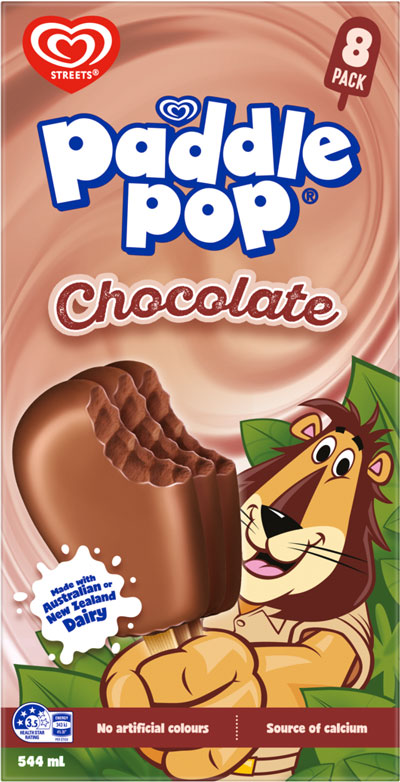Topic/Category
Year
Topic/Category
Year
To enhance nutrition and provide a variety of options of healthy options, food and drink manufacturers in Australia have made some big changes.
By developing products with reduced sugar and salt, or increased wholegrain, fibre and protein content, they are helping consumers make healthier choices.

Since launching in 1953, Paddle Pop has been a staple of childhood memories across Australia and beyond. But as kids’ lifestyles and nutrition needs have evolved, so too has this iconic treat.
Between 2010 and 2019, Unilever proactively renovated its Chocolate, Rainbow and Banana-flavoured Paddle Pop range to make it a “better-for-you” option while keeping the famous Paddle Pop magic alive.
Energy per serve dropped from 446 kJ to 346 kJ, and sugar content was lowered from 13.5g to 10.8g.
At the same time, fibre and calcium were added, offering 2.5g of fibre and 94mg of calcium per serve. That means kids still get a treat, but with more nutritional value.
These changes reflect Unilever’s global commitment to health and nutrition. The company was the first in the world to develop strict nutrient profiling guardrails in 2003 – long before it became common practice – and launched clear principles for marketing to children the same year.
Unilever’s kids’ ice creams are: no more than 110kcal and 12g sugar per serve. By 2014, 100% of the company’s global portfolio of children’s frozen products met these standards.

Paddle Pop was invented in Sydney, inspired by frozen treats overseas. It started as a chocolate-only flavour and was one of the first affordable kids’ frozen confections in Australia.

Paddle Pop Lion has been part of the brand since the 1950s and became “Max” the Lion in global markets in the 1980s.